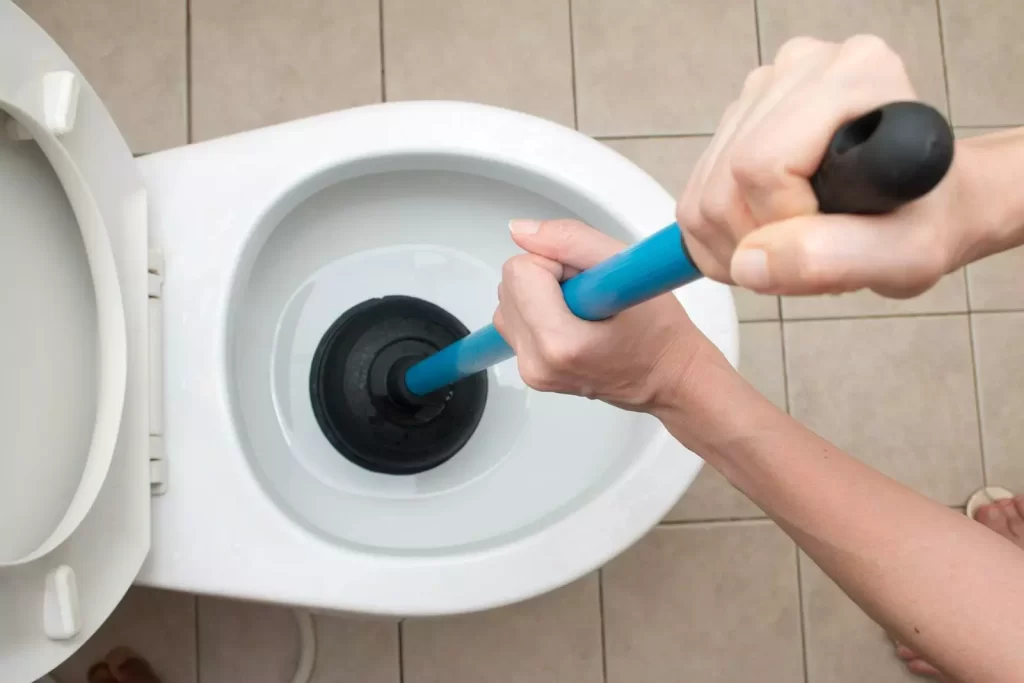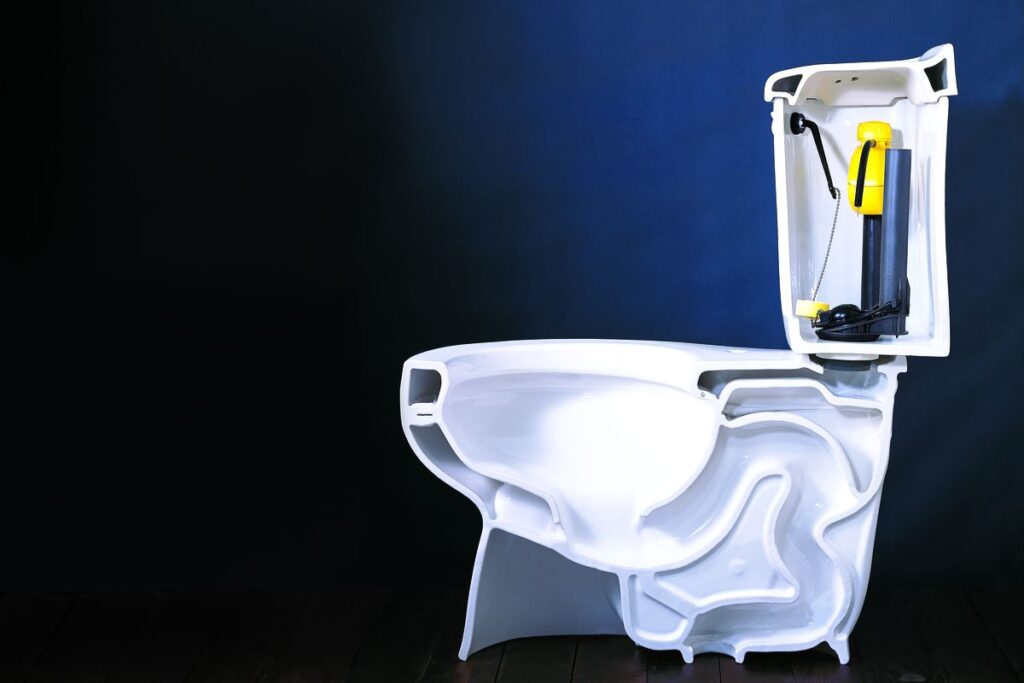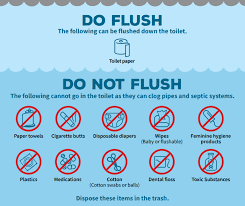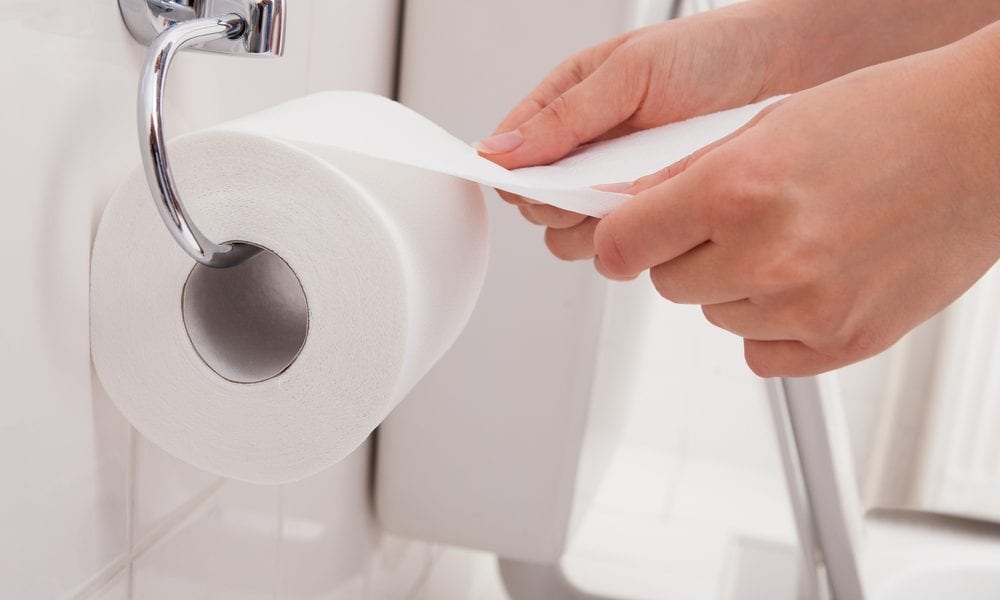- Free Estimates

If a toilet keeps clogging, there are several possible causes of this problem. What you’re flushing, problems with your drain lines, and problems with the toilet itself are all possibilities. WireNut Drain Cleaning Pros Colorado Springs Plumbers describes the reasons a toilet keeps clogging and shares solutions to help you avoid the problem at home.
Frequent toilet clogs are a sign that something is wrong – the problem is usually with your plumbing, your toilet, or what’s going on there.
Our plumbers examine the most common reasons a toilet keeps clogging, what you can do to fix the clog, and when you need professional services.
If your house has early models of low-flow toilets, the faucet itself could be the reason your toilet keeps clogging. Some old, low-flow toilets just don’t have the pressure to constantly push material through the siphon and drain. Improper flush pressure leaves behind materials that cause constant clogs.
Replacing your old low-flow toilet is a surefire way to clear constant clogs caused by a lack of flush pressure. However, if replacing is not an option, reduce the amount of toilet paper you use and the materials flushed to prevent toilet clogging.
Low flow toilets manufactured in the mid 1990’s are usually first generation models prone to this clogging problem. If your toilet is an older low-flow model, look into new low-flow fixtures and upgrades throughout your home to increase flush pressure and reduce toilet clogging. Your plumber can help you choose new water-saving toilets and install them in your bathrooms.

The only items destined to end up in your toilet are human waste and toilet paper. When households start flushing other types of paper or hygiene products, a toilet continues to clog because those items are not meant to be flushed.
This type of constant constipation problem affects all types of households. Many people have been misinformed about what can and cannot go to the toilet – so-called “single-use” wipes are among the biggest plumbers to see today! Some people have taken to flushing all bathroom waste down the toilet for disposal, including cotton swabs and cotton balls, so the toilet keeps clogging. Items that cannot be flushed down the toilet are a common clog hazard in homes with young children who are curious about the toilet.

If a blockage forms in the drain due to improper objects, use a flanged plunger to unclog the blockage. If that doesn’t work, use a toilet auger to break up the material and clear the drain.
Take the time to remind your family members what goes down the toilet and what needs to be saved. If you have young children, teach them that the toilet is not a place to play and that their toys and other items should never be placed in the toilet and flushed.
Yes, toilet paper flows down the drain without causing a clog – if you use the right amounts. If too much toilet paper is used, it won’t dissolve properly, causing it to get stuck in the toilet or drain lines, constantly clogging the toilet.
Also, some types of 2-ply toilet paper do not always dissolve well, resulting in clogs. Although it is more convenient to use, it causes more trouble to your household.
Most consumers use 8-9 squares of toilet paper per wipe, although 3-4 squares will do just fine! Encourage household members to use less toilet paper to prevent toilet clogging. When potty training young family members, it’s helpful to mark the correct length of toilet paper on the wall or cabinet at the bottom of the dispenser so they can use the correct amount each time.
Instead of using Ultra Plus toilet paper, try folding your toilet paper sheets to achieve the desired thickness. Always fold toilet paper before using it rather than balling it up, as this practice contributes to clogs. A more conscious use of your toilet paper will prevent many toilet blockages.

Most homeowners are familiar with a sink siphon, but did you know that your toilet also has a siphon? Instead of a P-shape, the siphon is S-shaped and sits between the toilet bowl and the drain. Similar to a sink P-siphon, the purpose of a toilet siphon is to catch objects and prevent them from traveling down the drain line and causing a clog.
Due to its purpose, this is a common area of the device where items get stuck. Excess trash and toilet paper or items that cannot be flushed down the toilet can become lodged in the siphon after flushing. If a large mass gets stuck in the toilet’s siphon, the toilet will continue to clog because normally flushed material is more likely to get caught and clog.
If you suspect your toilet siphon is clogged, try tipping the toilet to clear the clog. Use a flanged toilet plunger to force water through the trap and agitate the clog.
If soaking doesn’t work, a toilet auger is another option to clear the clog. Insert the auger into the toilet drain and move it forward until you meet resistance. If there is resistance just behind the toilet bowl drain, the toilet siphon is probably clogged. Rotate the auger to break up clogged material and grasp to remove residual material from the drain. If you can’t unclog the clog, it’s time to call a plumber to clean the drain.

You probably don’t know it, but the toilet in your house is connected to a vent that comes out of your house, usually through the roof. The toilet vent allows fresh air into your home’s plumbing system, increasing the flush pressure.
When a toilet vent becomes clogged, the toilet loses flush pressure. With poor pressure, toilets are more likely to clog and blockages become a constant problem. A clogged toilet drain
causes other household problems, such as Gurgling noises from the toilet, slow draining throughout the house, and indoor sewage odors.

Toilet vents usually clog at their roof vent or where they connect to your home sewer line. If you suspect a clogged toilet vent is the cause of an ongoing toilet clog, your first step is to check the roof.
Some clogs can come out entirely from your individual plumbing fixtures and drain lines, but get stuck in the home’s main sewer line. Blockages in the sewer line cause drainage problems throughout the house and are difficult to fix yourself.
Sometimes sewers become clogged due to external sources, such as Tree root penetrations, sewer line breaks and sewer line seepage. These problems cause your toilet to constantly clog as it affects drainage and your plumbing system’s ability to flush waste from your home. This problem requires sewer line repairs.

Unfortunately, sewer blockages require a plumber to fix. Ignoring sewer clogs means your toilet will constantly clog and ultimately do more damage to your home’s plumbing system. If you suspect a clog in the sewer line, you should call a plumber to schedule a drain cleaning.
If your toilet keeps clogging and you can’t pinpoint the problem causing this constant problem, it’s time to call the professionals. Our Colorado Springs, CO licensed plumbers will examine your home’s plumbing system to find the source behind a toilet that keeps clogging and perform the professional services needed to fix the problem. Whether you need a light fixture replacement, drain cleaning, or sewer line repair, we’re here to help with all your plumbing needs. Call WireNut Drain Cleaning Pros Colorado Springs today to schedule an installation service for your Colorado home.